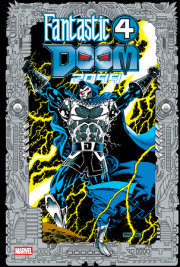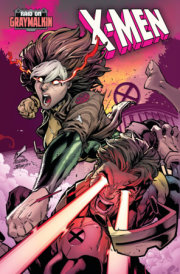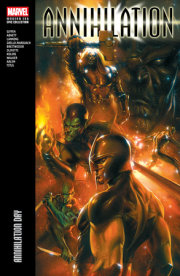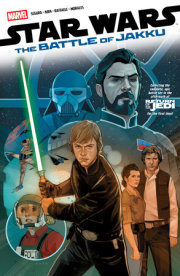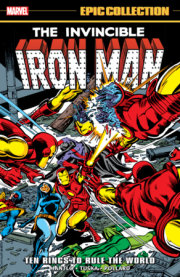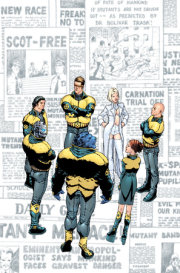Ron Marz broke into comics in the early '90s with a lengthy run on Marvel’s Silver Surfer, followed by a stint on DC’s Green Lantern, where he co-created Kyle Rayner. In 2000, Marz joined the creative team at CrossGen, working on Sojourn, Mystic, The Path and Scion, among others. He also had an acclaimed run on Top Cow’s Witchblade which lasted nearly a decade. He has recently returned to Marvel, writing Silver Surfer: Rebirth.
Tony Bedard has been working in the comic-book industry since the early ’90s as both a writer and editor, for companies like Valiant, CrossGen, Crusade, Marvel and DC. Bedard wrote Kiss Kiss Bang Bang and Negation for CrossGen Comics. For Marvel, his work has appeared in such titles as Exiles, Uncanny X-Men, and Spider-Man: Breakout.
Barbara Kesel is perhaps best known for her work in the CrossGen universe, having written First, Meridian, Sigil and other titles. With then-husband Karl Kesel, she co-wrote one of DC’s Hawk and Dove incarnations. At Dark Horse, she helped develop Comics’ Greatest World’s “Golden City” and wrote Aliens vs. Predator: Booty. Her other media tie-in projects include IDW’s Ghost Whisperer: The Muse and Tokyopop’s Legends of the Dark Crystal. Her editorial work on Dark Horse’s Hellboy: The Wolves of St. August TPB earned a Harvey Award.
An industry veteran, artist Brandon Peterson got his big break penciling Uncanny X-Men. Following a stint at Top Cow, Peterson returned to Marvel — illustrating such titles as Magneto Rex, Astonishing X-Men and X-Men. Since serving as CrossGen’s lead artist, art director and vice president, Peterson’s Marvel credits include such series as Ultimate X-Men, Ultimate Extinction and Strange.
Artist Steve McNiven parlayed a chance trip to San Diego Comic-Con into a position at CrossGen Comics, where he quickly earned a regular assignment on Meridian. When CrossGen ceased publishing, McNiven moved on to Marvel Knights 4 with writer Roberto Aguirre-Sacasa. Next, he joined Warren Ellis on Ultimate Secret. In 2006, McNiven and Mark Millar shattered the Marvel Universe’s status quo in Civil War. His next assignments included Brian Michael Bendis’ New Avengers and the initial story arc of Amazing Spider-Man’s “Brand New Day” era. McNiven and Millar reteamed for “Old Man Logan” in Wolverine and the creator-owned Nemesis, published under the Marvel Icon imprint. With Ed Brubaker, McNiven helped relaunch Captain America; his later Marvel work includes Guardians of the Galaxy with Bendis and Uncanny Avengers with Rick Remender. McNiven cemented his reputation as one of the all-time great Wolverine artists on the climactic series Death of Wolverine.
Artist George Pérez made team titles his specialty with runs on Marvel’s Avengers and Fantastic Four, along with DC’s Justice League of America and New Teen Titans, the latter co-created with Marv Wolfman. The pair redefined the DC Universe in Crisis on Infinite Earths. In collaboration with writer Kurt Busiek, he returned to Avengers following the “Heroes Reborn” event. The pair surpassed expectations with JLA/Avengers, a 2003 crossover that featured nearly every member of both long-running teams.






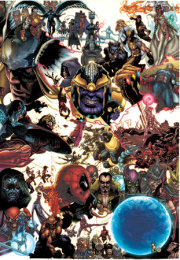
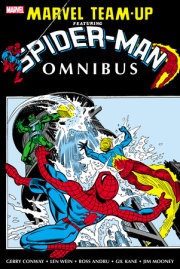

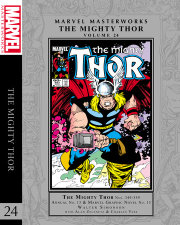
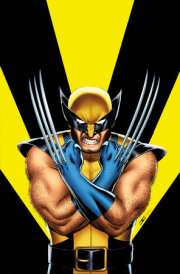

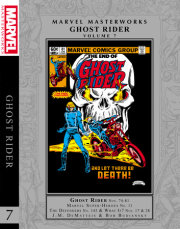
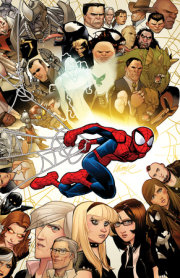
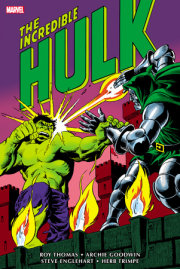
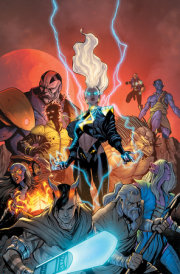
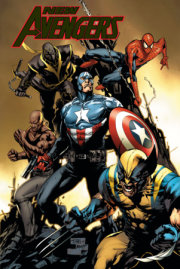
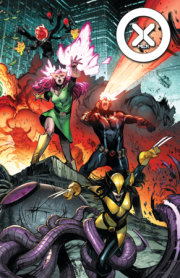
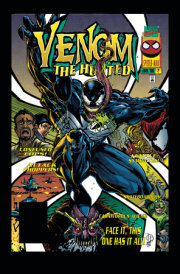
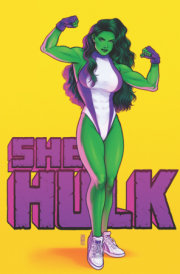
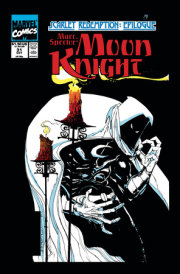



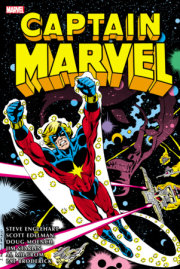
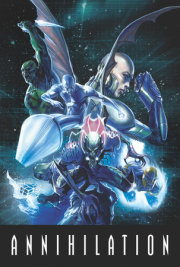
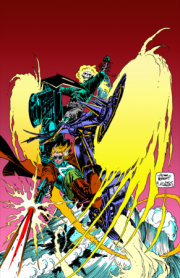
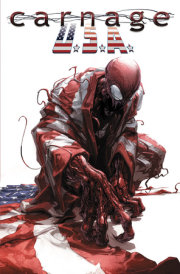
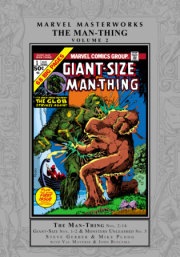
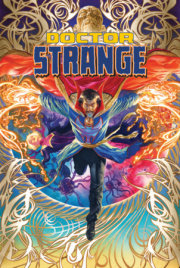
![TOMB OF DRACULA OMNIBUS VOL. 1 NEAL ADAMS COVER [NEW PRINTING 2]](https://images.penguinrandomhouse.com/cover/9781302965037?width=180)
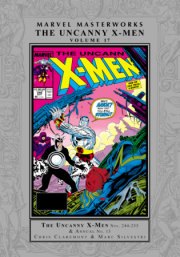
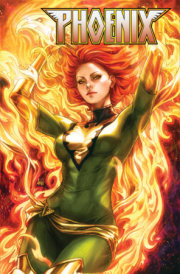
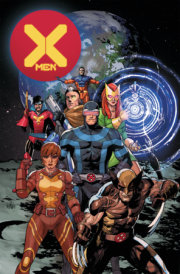
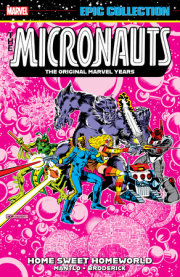
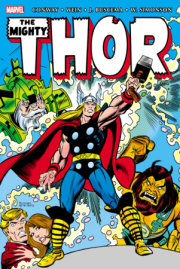
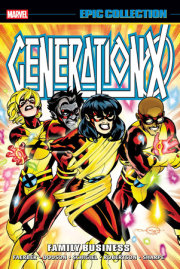
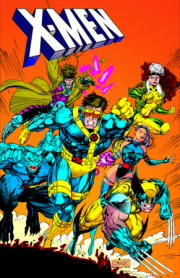
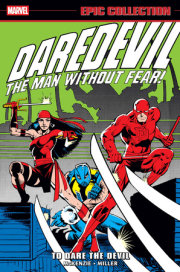
![IRON MAN: DEMON IN A BOTTLE [NEW PRINTING 2]](https://images.penguinrandomhouse.com/cover/9781302961817?width=180)
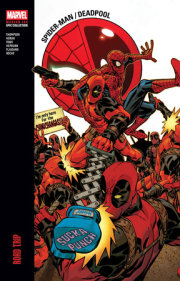
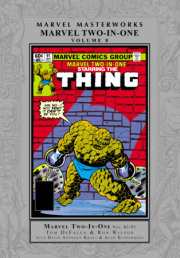

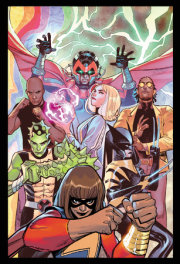

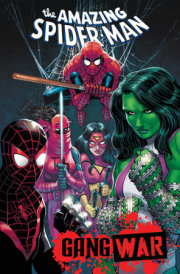
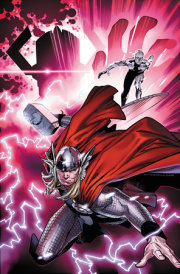
![ANNIHILATION: CONQUEST OMNIBUS ALEKSI BRICLOT COVER [NEW PRINTING 2]](https://images.penguinrandomhouse.com/cover/9781302966324?width=180)

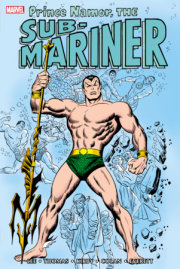
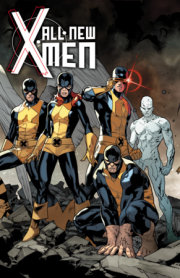
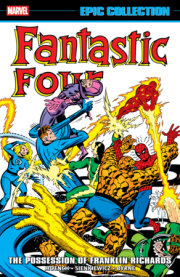
![ORIGINAL SIN [NEW PRINTING]](https://images.penguinrandomhouse.com/cover/9781302966249?width=180)
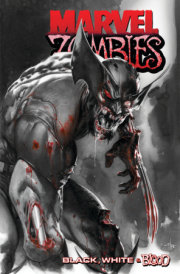

![X-FACTOR BY PETER DAVID OMNIBUS VOL. 1 LARRY STROMAN COVER [NEW PRINTING]](https://images.penguinrandomhouse.com/cover/9781302963705?width=180)
![AVENGERS WEST COAST EPIC COLLECTION: VISION QUEST [NEW PRINTING]](https://images.penguinrandomhouse.com/cover/9781302963910?width=180)
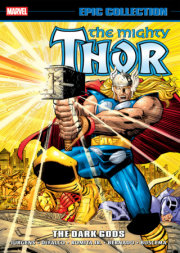
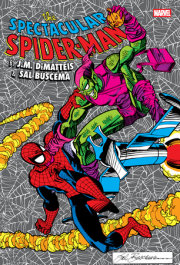
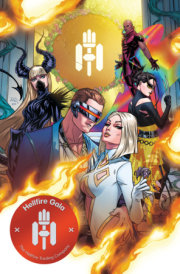
![WOLVERINE GOES TO HELL OMNIBUS JAE LEE COVER [NEW PRINTING]](https://images.penguinrandomhouse.com/cover/9781302961381?width=180)
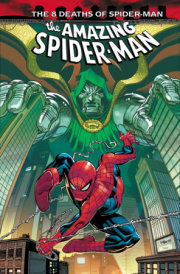
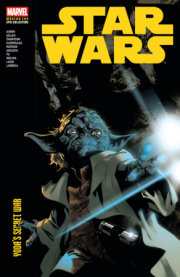
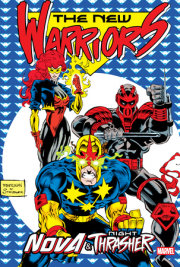
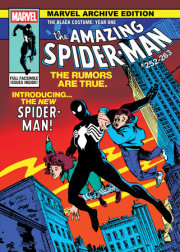


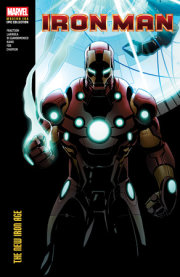
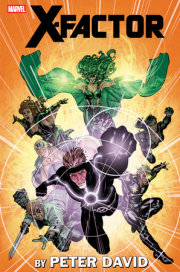
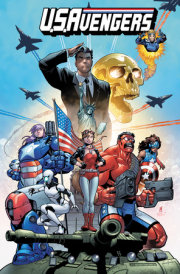
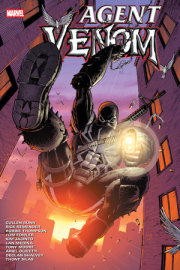

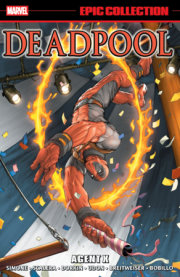
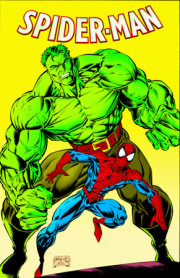
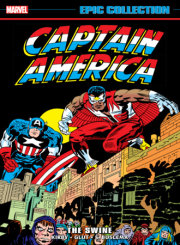
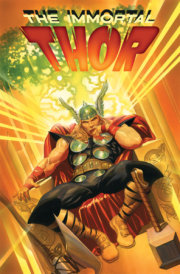
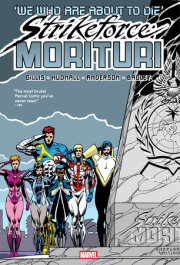
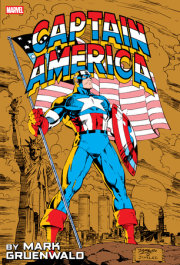
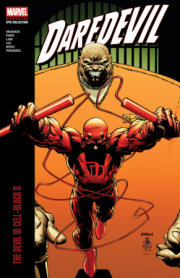
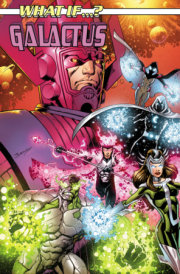
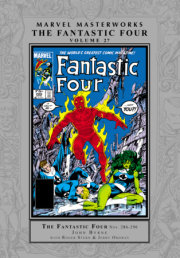


![MARVEL MASTERWORKS: THE SILVER SURFER VOL. 1 [REMASTERWORKS]](https://images.penguinrandomhouse.com/cover/9781302956042?width=180)

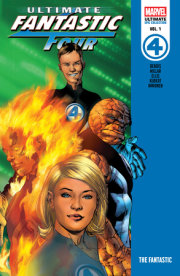
![X-MEN: AGE OF APOCALYPSE VOL. 2 - REIGN [NEW PRINTING]](https://images.penguinrandomhouse.com/cover/9781302963958?width=180)
